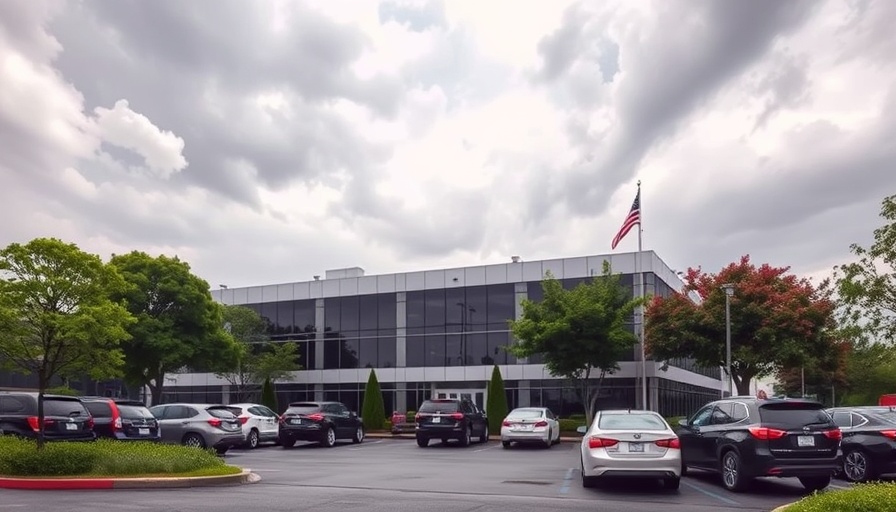
Understanding Opportunity Zones 2.0: A Game Changer for Business
The roll-out of Opportunity Zones 2.0 aims to revitalize economically distressed areas, but with a crucial twist — fewer zones are expected to be designated as eligible. This decision has initiated fierce lobbying efforts among various groups vying to represent their regions. The implications for cities like San Antonio are profound, particularly for entrepreneurs hoping to tap into the newly refined program.
Why Fewer Zones Matters in San Antonio
The reduction in eligible Opportunity Zones means specific areas will have an advantage over others in attracting investments. Cities that have effectively demonstrated their potential for growth and entrepreneurship may find themselves in prime positions.
In San Antonio, where the local economy thrives on innovation and small business development, identifying these 'winners' could enhance access to financial resources necessary for expansion. For instance, tech companies in San Antonio could see new funding opportunities under this streamlined scheme, fostering growth in the burgeoning tech scene.
The Role of Lobbying in Shaping Policy
With a competitive landscape ahead, fierce lobbying efforts are anticipated among local businesses, community groups, and politicians. The desire to be included in Opportunity Zones 2.0 might inspire collaborations that engage the San Antonio Chamber of Commerce, local entrepreneurs, and even influential angel investors who wish to see their communities thrive.
Intense competition may drive innovation, urging stakeholders to present compelling cases for their respective zones. As San Antonio businesses engage in these efforts, the outcome will likely reshape the investment landscape for small businesses in the area.
Implications for Small Businesses and Startups
For small business owners and startups in San Antonio, the Opportunity Zones 2.0 initiative could either present new avenues for investment or pose added challenges for those who find themselves left out. Entrepreneurs may call upon local organizations and business networking groups to strategize their approach to accessing funding.
Key considerations include understanding the specifics of how the new zones will function, competition levels, and the potential for partnerships with venture capitalists and stakeholders from the local economy. As these businesses prepare to navigate Opportunity Zones 2.0, the effectiveness of their strategies will be crucial to securing a spot among the winning territories.
Future Outlook for San Antonio's Economy
The reshaping of the Opportunity Zones framework underlines a significant evolution in public policy towards economic rejuvenation. While the reform may come with intense competition, it also presents an opportunity for San Antonio to innovate and adapt, driving economic growth in the region.
Diverse sectors ranging from tech startups to veteran-owned businesses can harness available resources if they are positioned correctly within this new structure. As the program gains traction, monitoring its effects will provide insights into local economic trends that are instrumental for both current and aspiring business owners.
In conclusion, the changes to Opportunity Zones are both a challenge and an opportunity for entrepreneurs in San Antonio, encouraging them to stay informed, engage in community discussions, and leverage local support networks.
For those looking to tap into the resources available through Opportunity Zones, consider reaching out to small business resources in San Antonio to maximize growth potential in this evolving landscape.
 Add Element
Add Element  Add Row
Add Row 



Write A Comment